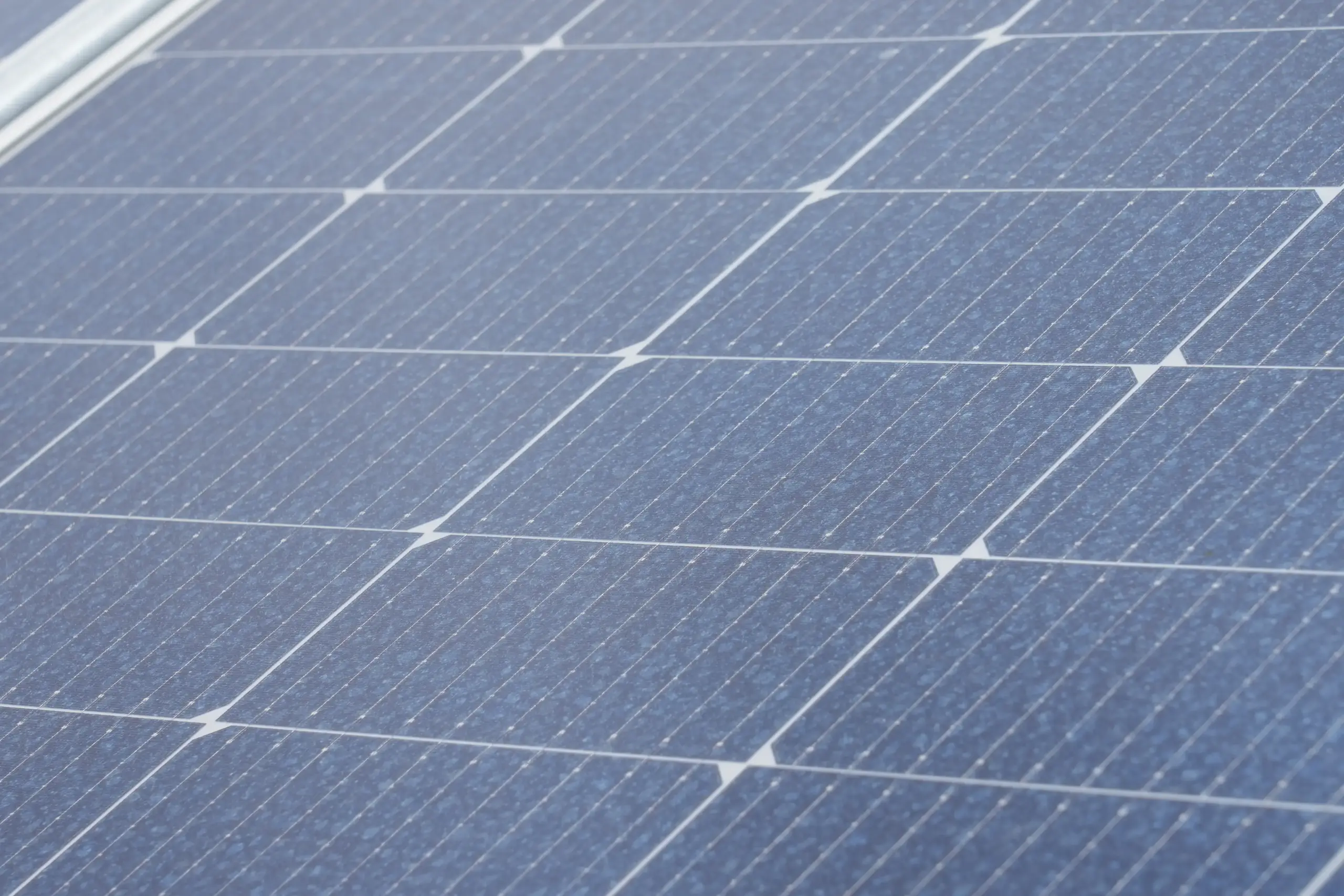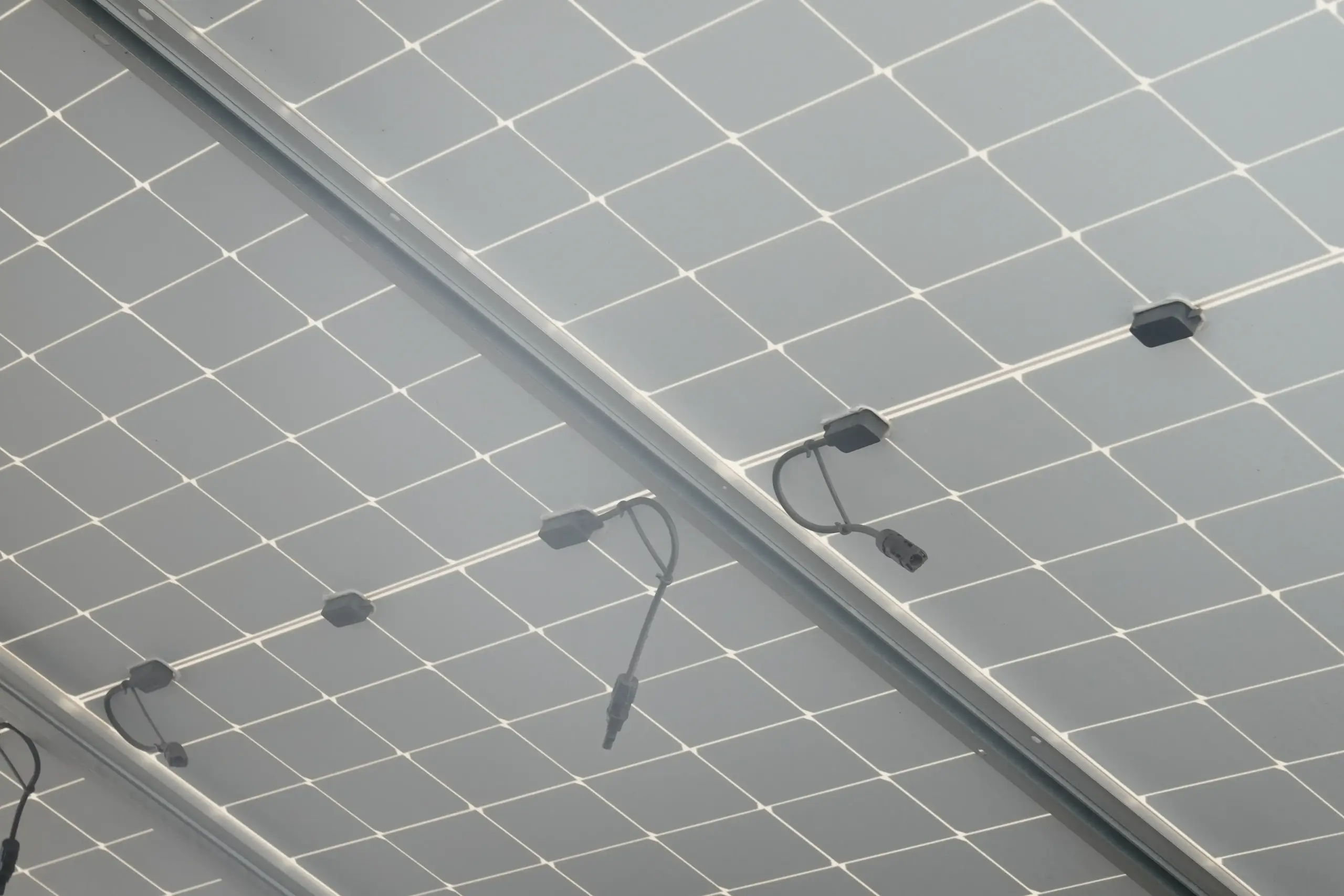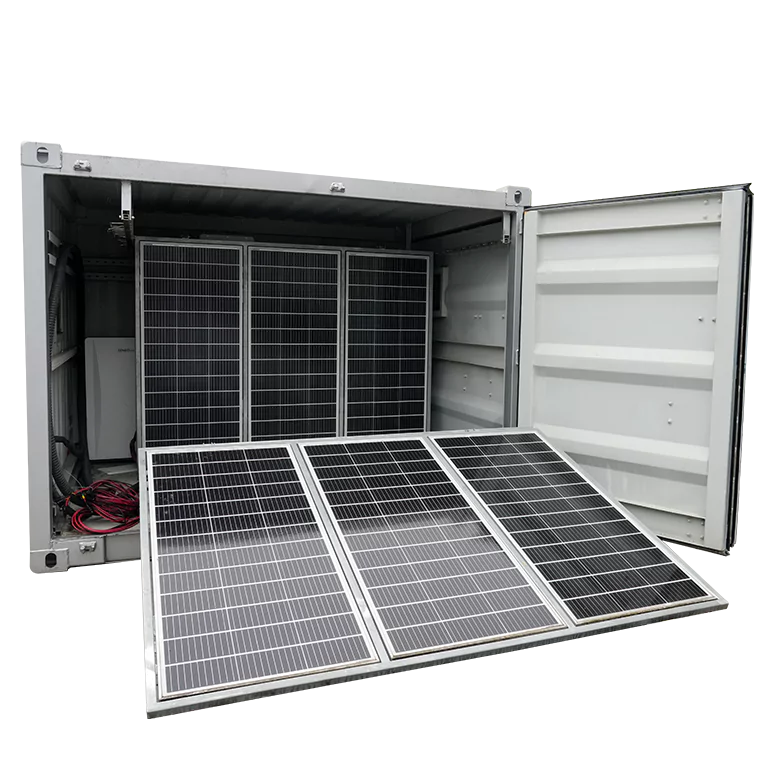What Is a Mobile Solar Container?
A mobile solar container is simply a portable, self-contained solar power system built inside a standard shipping container. These types of containers involve photovoltaic (PV) panels, battery storage systems, inverters, and smart controllers—all housed in a structure that can be shipped to remote or off-grid locations.
These portable solar systems are transforming power access in disaster relief zones, rural communities, and temporary industrial sites. But the question is: How efficient are these systems at actually generating power compared to traditional systems?
Why Efficiency Matters More Than Ever
In solar energy, efficiency is measured by how much of the sunlight that hits the solar panels is actually converted into usable electricity. For portable solar containers, the stakes are higher still because:
- They are deployed in constrained environments.
- Panel surface area may be restricted by the container size.
- Weather and portability add variables.
So when they Google "mobile solar container power generation efficiency", they're likely trying to figure out if these systems can be relied upon to power their operations—whether that's a pop-up clinic in Mozambique or a mine site in Western Australia.
Capturing the Key Metrics of Solar Container Efficiency
To estimate real-world performance, you need to look at more than panel specs. Here's what really determines mobile solar container power generation efficiency:
1. PV Panel Type and Orientation
Most containers use monocrystalline panels for higher efficiency, usually 18–22%. Mobile units sometimes compromise on orientation for portability, reducing output moderately.
2. Smart Energy Management
Integration of MPPT (Maximum Power Point Tracking) controllers can enhance effective energy harvest by up to 30%, especially in changing light conditions.
3. Battery Storage and Inverter Loss
Even with top-tier panels, poor battery chemistry or inverter inefficiency can drain performance. Lithium iron phosphate (LiFePO4) batteries are becoming the go-to for better charge cycles and higher round-trip efficiency (~90–95%).
4. Temperature and Environmental Factors
Ever wonder why a solar container in California performs better than one in Sudan? Ambient temperature plays a huge role. High heat can reduce panel output by 10–25%, depending on ventilation and airflow design.

Case Study: Powering Medical Relief in Puerto Rico
During Hurricane Maria's strike on Puerto Rico in 2017, non-profit Direct Relief deployed mobile solar containers to power field hospitals. From their post-deployment data:
- Each unit provided 5–8 kW continuous power.
- Efficiency averaged around 16% net output, taking into consideration cloudy days and storage loss.
- They operated for over 18 hours/day despite having only 6 hours of sunlight from onboard battery packs.
The success wasn't just technical. It kept refrigerated medicine cool and midnight emergency surgeries underway.
How Do Mobile Solar Containers Stack Up Against Traditional Solar Farms?
| Metric | Mobile Solar Container | Traditional Solar Farm |
| Panel Efficiency | 17–22% | 18–24% |
| Mobility | High (instant relocation) | None |
| Install Time | <1 day | Weeks to months |
| Scalability | Modular (by container) | Large-scale infrastructure |
| Maintenance Requirements | Low | Moderate |
For rapid deployment, especially where grid connection is absent or diesel is not feasible, mobile units are the obvious winner. But they are not meant to take the place of behemoth solar farms—just fill the immediate gaps.
Who’s Using This Technology?
Globally, demand is growing:
- UNHCR set up mobile solar containers in Jordan and Kenya refugee camps.
- TotalEnergies is investing in hybrid container solar-diesel systems in West Africa.
- In Australia, remote mining companies like Fortescue Metals Group use mobile units to minimize fuel usage and decrease CO₂
Is Power Generation Efficiency Improving?
Yes—and rapidly evolving. Newer models now have:
- Bifacial panels that harness reflected light from the ground.
- AI-powered energy dispatch systems that optimize load during peak times.
- Foldable solar wings, which provide up to 3x more surface area when deployed.
That raises the question: Could mobile solar container units be giving rooftop systems in cities or even grid-connected solar a run for their money soon? For some uses, like temporary construction sites or rural health care, they quite possibly already are.

With renewable energy mandates tightening and supply chains requiring carbon neutrality, these mobile systems offer agility, speed, and readily apparent ROI. They're not stopgap measures—they're the leading edge of how we're considering off-grid infrastructure.
Take, for example, the LZY-MSC1 Sliding Mobile Solar Container—a system that's designed with sliding solar arrays for increased surface area without compromising portability. It's a great real-world illustration of how design innovation is the foundation for power generation efficiency in mobile installations.
And as we continue to break records for solar conversion efficiency, these containers aren't just on physical move—they're pioneering the way forward for the future of decentralized, clean energy access.

